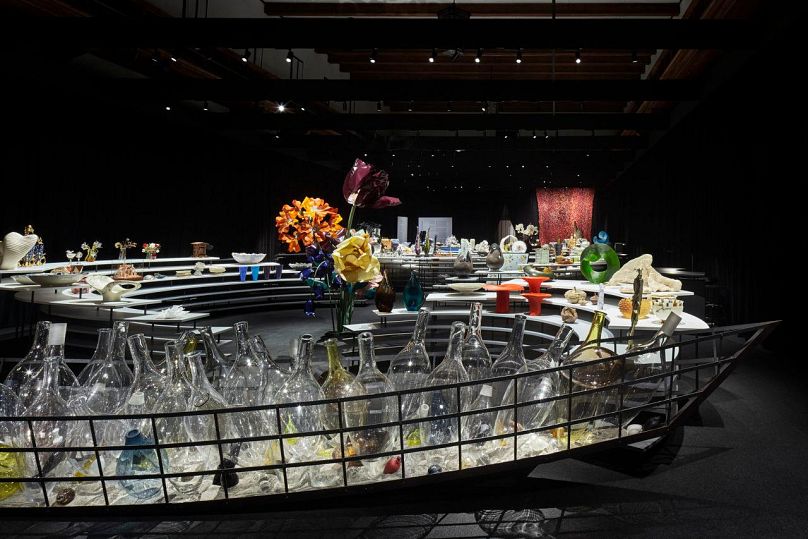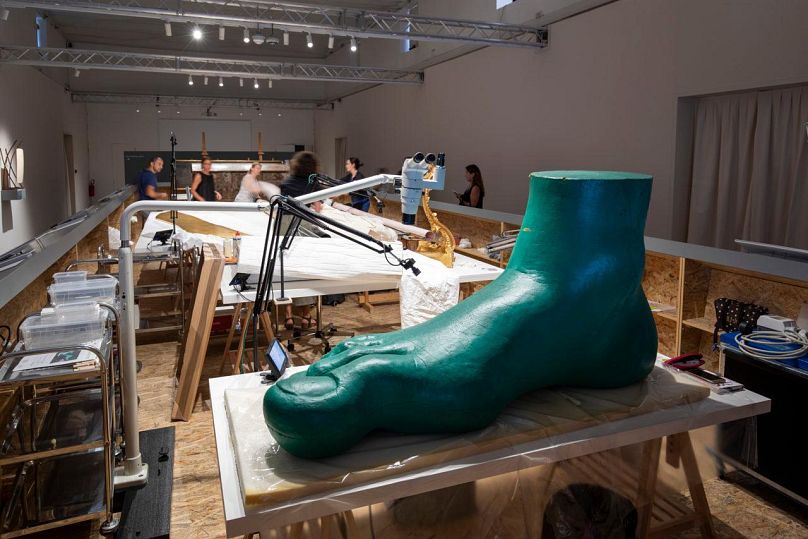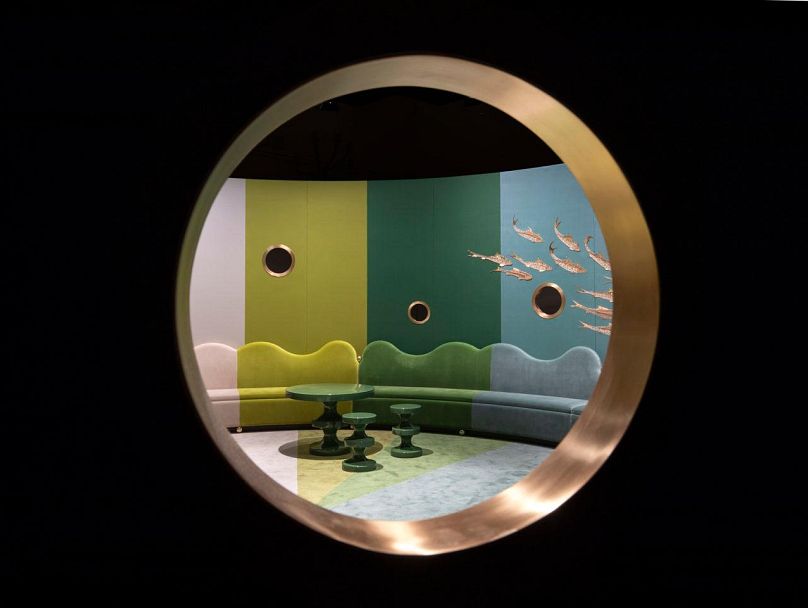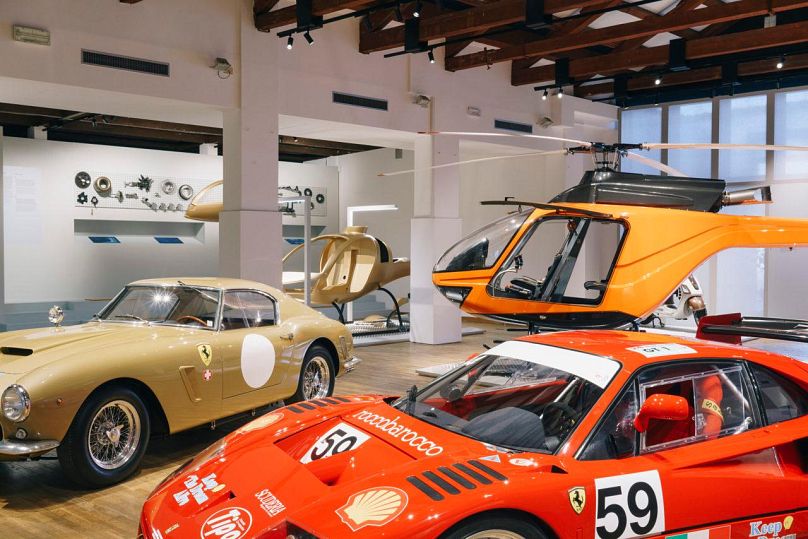The Michelangelo Foundation's Homo Faber show illustrates the painstaking work that goes into preserving past techniques and taking them into the future.
The most luxurious craftswork is showcased in Venice. The island of San Giorgio Maggiore hosts Homo Faber, a major exhibition dedicated to knowhow from the past and the future.
A cultural crossroads from the Middle Ages to the Renaissance, Venice bears the architectural, social and political memory of a time when artists were no different to artisans.
The Michelangelo Foundation could not have chosen a better-suited location to unveil Homo Faber, meaning "tool-making man".
"What we would like to present here is an incredibly rich platform of talents, of knowhow that could make these meetings between creativity and craftwork , knowhow and vision possible so that we can ensure that these activities, deeply rooted in tradition, can live on into the future," says the Michaelangelo Foundation's Executive Director Alberto Cavalli.
An official binder to the British royal family repeats the same gestures as his ancestors did two centuries ago. Next door, Florentine weavers are the last to work on warping machines, unique in the world, designed by Leonardo da Vinci. Their technique is to keep a foot in the past to survive in the present.
The pool of talent is showcased by curator and exhibition maker Judith Clark, presenting an artistic field where crafts are consistently reinvented.
"Fashion is the best sort of an anachronistic time keeper. It preserves things and they erupt at times often unexpectedly. So I’ve chosen techniques that were associated with grand garments
like embroidery, that are now applied to perhaps a mini skirt made of rafia. So the exhibition always mixes all of these languages all together to ask the visitors to look again and ask what they are looking at. What is surviving from the past and inhabited not only in a traditional dress but in avant-garde fashion as well," says Fashion exhibition curator Clark.
Internationally-recognized interior designer India Mahdavi works exclusively with artisans.
"I designed two exhibition spaces to showcase how craftsmanship and knowhow can feed and serve the imagination of a designer. My work is based on emotions that only the hand can create. I like the little imperfections of the handmade object. The unexpected brought by artisanal work," she says.
From the creation of ultra-contemporary designs to the restoration of ancient masterworks, there is only one step. In this laboratory, a brigade of artisan-scientists are busy fighting the greatest criminal of history: passing time.
"Every single conservator here works on the period and on the piece that they know well. The studies are completely different. You have to know chemistry and physics very well, and the studies are never-ending," says Painting conservator and curator Isabella Villafranca Soisson.
In a luxury garage for collectors, bikes by goldsmith Caren Hartley are in their rightful place. Materials, frames, dimensions, aerodynamism: everything is bespoke, following the wishes of the future client.
"It is a difficult job partly because there are financial pressures because things take a long time whenever you make anything by hand. It’s also a very rewarding job because you’re always working on different things, you’re using your hands, you’re working on your own ideas, and pushing your own developments," says the founder of Hartley Cycles.
Anchored in our time, craftsmanship woos future generations using virtual reality experiences to immerse visitors in a selection of exhibitors’ faithfully recreated workshops.















